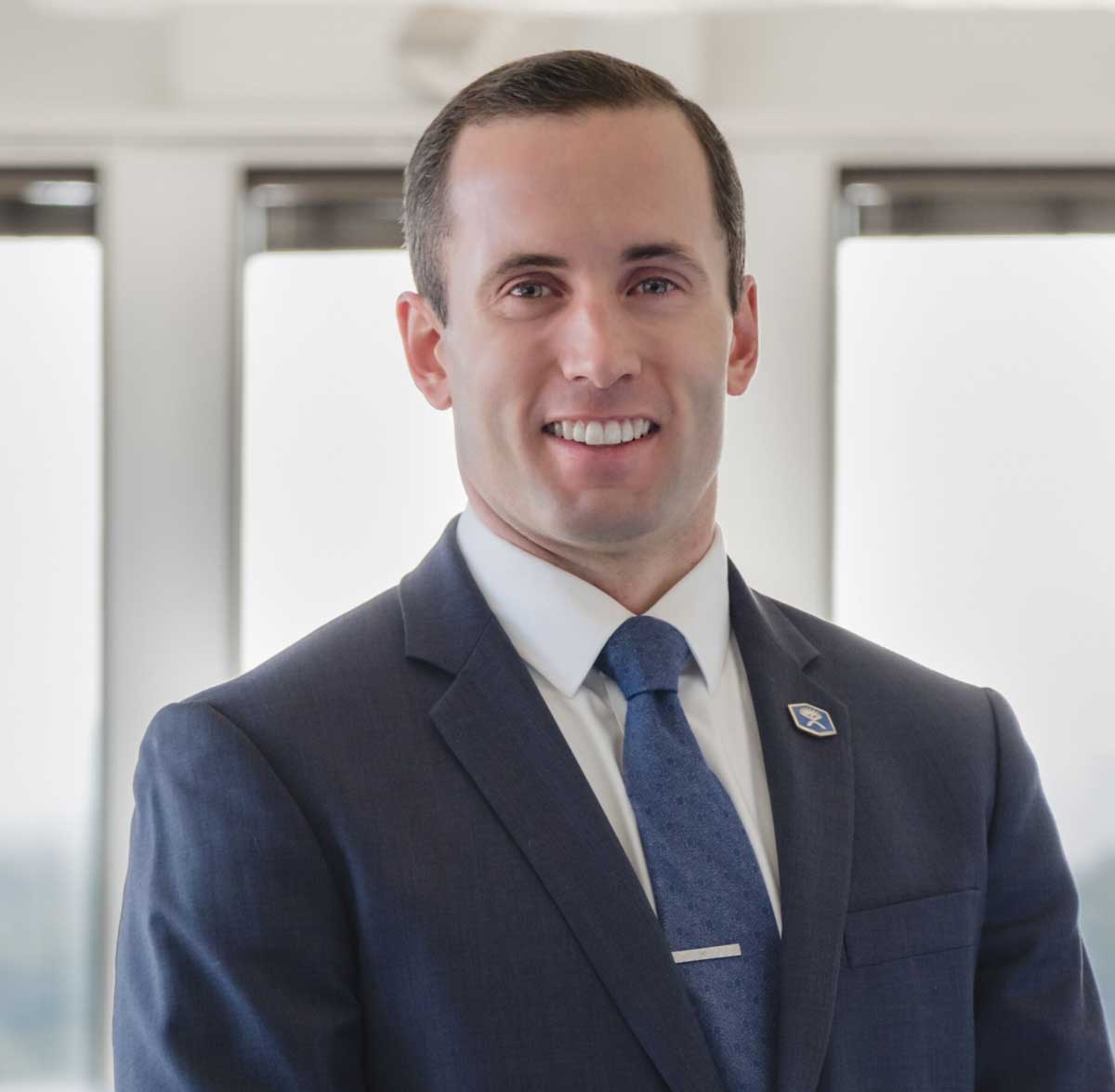Building Muscle in Old Age
Recent research shows elderly and very elderly individuals can successfully build muscle with proper exercise.

Building muscle is for more than preparing for beach season or making a medium size t-shirt look like a smedium. Building muscle provides a foundation for strength. Strength is the amount of force we can generate at a given moment. There are varying degrees of strength. Recently, “Game of Thrones” star Hafthor Bjornsson – known as “The Mountain” – deadlifted 1104 pounds to set a world record. But strength does a lot more than demonstrating your ability to lift a barbell weighing as much as a polar bear off the ground.
Strength dictates our ability to stand up from a seated position, whether that be from the ground, an office chair, or a low toilet. We can easily take these tasks for granted, but many people struggle with the simple act of standing up without assistance. To improve our strength, we have one of two options.
How do we get stronger?

First, we can improve the efficiency of our nervous system through exercise. Strength represents how effectively we can use the muscle we have. Essentially, through repeated exercise at a challenging intensity, we improve the efficiency of the movement. This is why physical tasks gradually become easier the more you perform them. Not within a session – fatigue will ultimately win the battle and force us to stop – but across sessions. But the gains from efficiency are limited. The mountain didn’t perform a bunch of bodyweight squats to earn his nickname. The amount of muscle we have has a limit.
The second option to improve strength is by building muscle. A racecar driver can use strategy and skill to outmaneuver someone in a comparable car, but a Toyota Prius will never beat Ferrari (unless you cheat). At some point, you need a bigger engine. The same holds true for our bodies. Inactivity and age can quickly weaken our bodies. Like a GPA in school, it is much easier to lose muscle than to gain it, but through a consistent effort, it can be improved. According to recent research, it can be achieved regardless of age.
Age is just a number

As people age, strength becomes a greater concern as muscle tends to diminish. This makes functional activity, such as standing from a chair, more challenging. The common belief is that once someone qualifies for the senior citizen discount, their opportunity to build muscle is gone once and they are resigned to a future of walkers and wheelchairs. Turns out, this is not the case.
A recent systematic review – meaning a study that pulled the results from many studies on the same topic – examined the effects of resistance training on muscle size and strength in very elderly individuals (greater than 75 years old). The study found the very elderly can increase their muscle strength and size by participating in resistance training programs. These effects were observed with resistance training interventions that generally included low weekly training volumes and frequencies.
For strength, the exercise programs lasted from 8 to 18 weeks with a training frequency of 1 to 3 days per week. For hypertrophy (a fancy term for building muscle), the interventions lasted 10 to 18 weeks, with a training frequency of 2–3 days per week. When looking exclusively at the oldest subgroup of participants (80 + years of age), there was a significant effect of resistance training on muscle strength as well. To quell any concerns on safety, there were minimal reports of adverse events associated with the training programs.
Physical therapists can help you build muscle and improve functional capacity
This study helps us understand the potential for improvement following exercise in elderly individuals. Whether someone is exercising for general health, beach season, or part of a physical therapy program, age will not prevent them from building muscle. This is important in the field of rehabilitation as physical therapists are often helping patients build muscle to improve function.
If you have been holding off on exercise believing it is a waste of time, I encourage you to give it a chance. If you are unsure where to begin or have concerns about safety, reach out to one of our physical therapists. Whether it is locally or over a telehealth visit, we are happy to help you develop a program. Age is not a barrier to building muscle and strength.
ABOUT THE AUTHOR

Zach Walston (PT, DPT, OCS) grew up in Northern Virginia and earned his Bachelor of Science in Human Nutrition, Foods, and Exercise at Virginia Polytechnic Institute and State University. He then received his Doctorate of Physical Therapy from Emory University before graduating from the PT Solutions’ Orthopaedic Residency Program in 2015.
Zach has numerous research publications in peer-reviewed rehabilitation and medical journals. He has developed and taught weekend continuing education courses in the areas of plan of care development, exercise prescription, pain science, and nutrition. He has presented full education sessions at APTA NEXT conference and ACRM, PTAG, and FOTO annual conferences multiple platforms sessions and posters at CSM.
Zach is an active member of the Orthopedic and Research sections of the American Physical Therapy Association and the Physical Therapy Association of Georgia. He currently serves on the APTA Science and Practice Affairs Committee and the PTAG Barney Poole Leadership Academy.